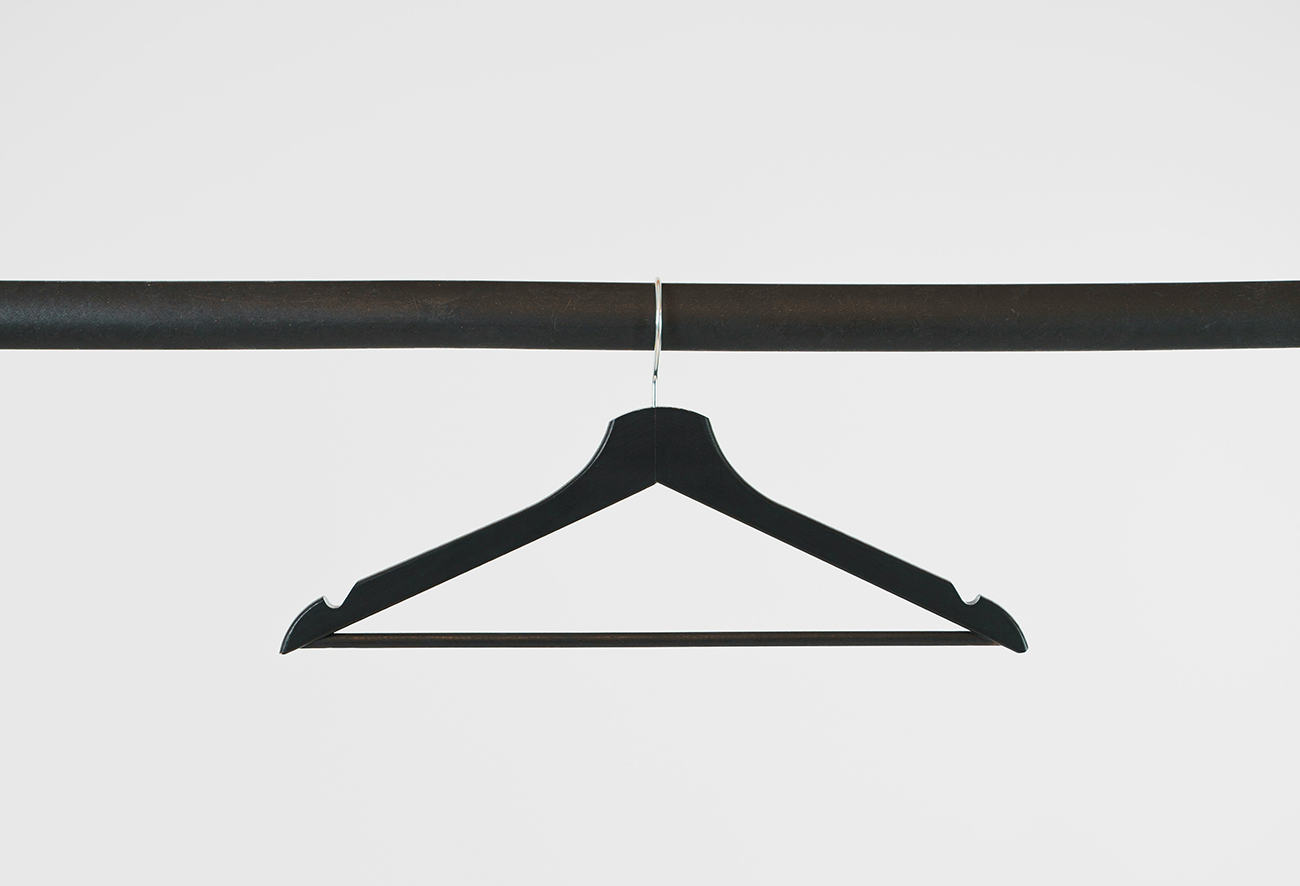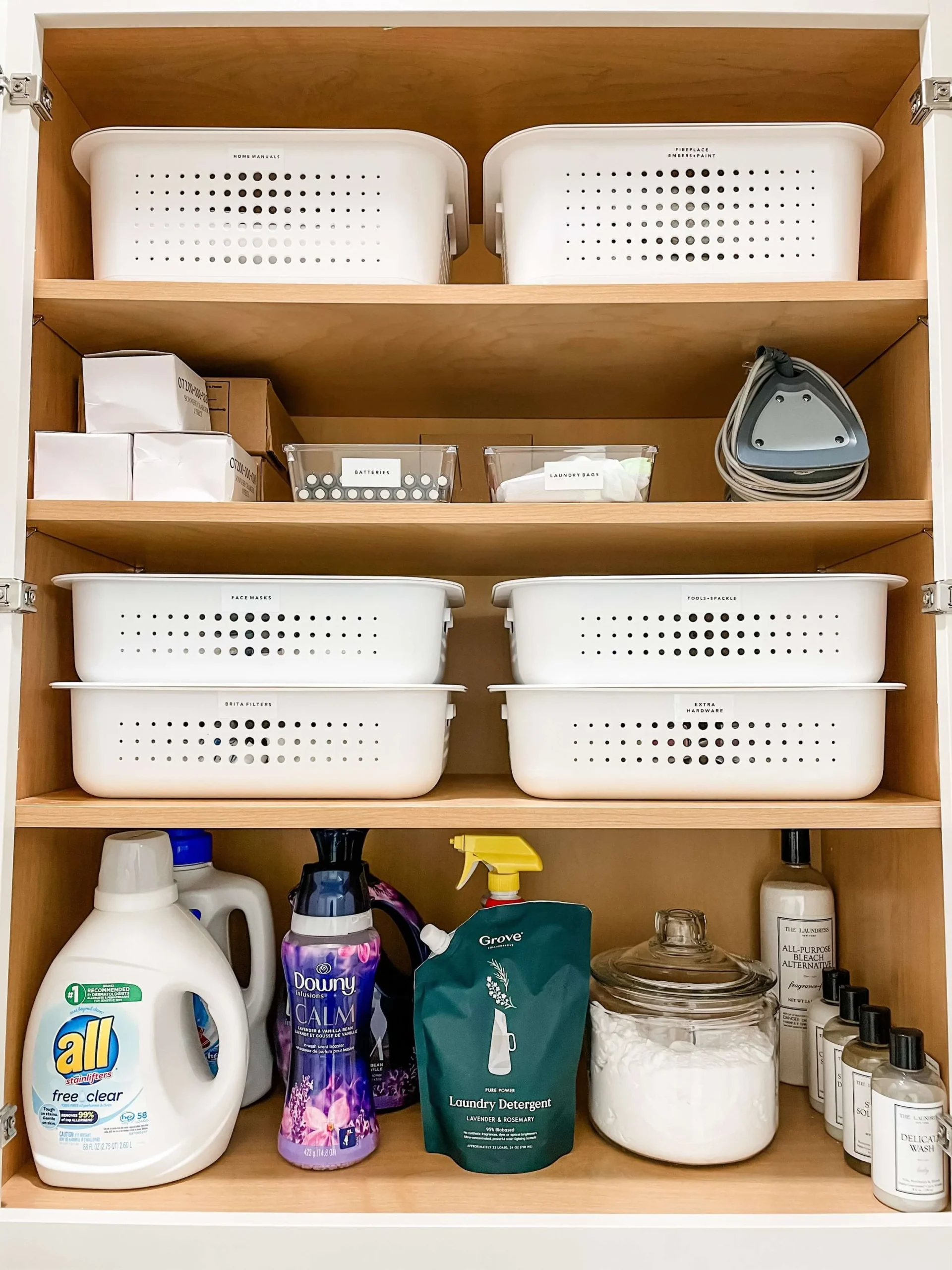Effective Decluttering Strategies for a Minimalist Lifestyle

In an age dominated by consumerism and clutter, the pursuit of a minimalist lifestyle has emerged as a refreshing antidote. Decluttering not only creates a more organized living space but significantly contributes to mental clarity and emotional well-being. Adopting effective decluttering strategies can empower individuals to take control of their surroundings and, ultimately, their lives.
The relevance of minimalism extends beyond aesthetics; it is a powerful tool for personal organization. Embracing a less-is-more philosophy can enhance productivity, reduce stress, and allow for a more meaningful engagement with life. This article will delve into practical strategies that make decluttering a sustainable habit.
As you read on, prepare to explore our Top 5 effective decluttering strategies that can set the foundation for a minimalist lifestyle:
- Identify your goals and motivations.
- Explore the “One In, One Out” rule.
- Implement the 20/20 rule for easy decision-making.
- Schedule regular decluttering sessions.
- Create designated spaces for your belongings.
Top 5 Effective Decluttering Strategies for a Minimalist Life: How to Start and Maintain the Habit
In today’s fast-paced world, where consumer culture dominates and distractions are abundant, minimalism has emerged as a beacon for those seeking peace and clarity by reducing physical and mental clutter. Adopting a minimalist lifestyle is more than just a trend; it’s a transformative way of living that can greatly enhance your quality of life. By mastering the art of decluttering, you can create a more organized environment and promote mental well-being. Here, we delve into the top five effective decluttering strategies that can help you start your journey to minimalism and maintain the habit in the long run.
5. The One-In, One-Out Rule
The One-In, One-Out Rule is a straightforward yet powerful concept. It dictates that for every new item that enters your space, an equivalent item must leave. This strategy is particularly helpful for maintaining a balanced environment without allowing unnecessary accumulation of items.

- Encourages Mindfulness: By following this rule, you become more aware of your purchases. It prompts you to consider the necessity and value of each item, transforming shopping habits into more thoughtful decisions.
- Reduces Accumulation: It naturally limits the number of items you own, fostering a simple living arrangement. Imagine bringing in a new pair of shoes; the rule reminds you that owning them means letting go of another pair.
- Promotes Regular Assessments: This rule encourages periodic evaluations of your possessions, as it requires regular reassessment and ensures items hold their place for good reason.
Employing this strategy can be deceptively simple but incredibly effective in curtailing clutter before it even has a chance to build up in your life. It is a gentle yet consistent reminder to focus on what truly matters.
4. Set Decluttering Goals
Creating specific, measurable goals for decluttering is essential for success. Goals will steer your efforts and motivate you to accomplish more over time, providing a sense of direction in your minimalist journey.
- Define Clear Objectives: Rather than making vague declarations like “I want to declutter my home,” pinpoint precise objectives such as “I will declutter my bedroom by Saturday.”
- Break it Down: Tackle large tasks by breaking them into smaller, manageable segments, like focusing on one drawer or shelf at a time. This makes the overall task less daunting and easier to accomplish.
- Timeline Implementation: Implement deadlines to encourage consistent action. For example, setting a date for completing a specific area forces you to commit to the process and avoid procrastination.
When you have specific goals, you create a roadmap to achieve simplicity, making the decluttering process less daunting and more effective. Each goal achieved adds to your motivation to continue.
3. Use the Four-Box Method
The Four-Box Method is a hands-on strategy that organizes the decluttering process using four categories: Keep, Trash, Donate, and Relocate. This method allows for a systematic and organized assessment of your belongings, making decisions clearer and more straightforward.
- Keep: Examine each item and retain only those that are essential or bring you joy. The purpose is to surround yourself with things that add value to your life.
- Trash: Discard items that are broken, damaged beyond repair, or have lost their usefulness. This clears space and eliminates the unnecessary.
- Donate: Identify items in good condition that you no longer need, ensuring they find new homes instead of becoming waste.
- Relocate: Items that belong in another location should be set aside for proper placement, ensuring that each thing is in its optimal use space.
This method provides a clear framework that reduces emotional decision-making by categorizing possessions, thus simplifying the decluttering process and making it less emotionally taxing.
2. Schedule Regular Decluttering Sessions
Consistency is key to successful decluttering. Scheduling regular sessions can be a game-changer in maintaining a minimalist lifestyle, transforming decluttering into a habit rather than a one-time task.
- Frequency: Decide how often you want to declutter—this could range from weekly, monthly, or seasonally, depending on your comfort and necessity.
- Set a Duration: Allot a set time, be it 15, 30, or 60 minutes. Short, frequent sessions are often more manageable and less overwhelming than all-day marathons.
- Create Rituals: Combine decluttering with existing routines, such as cleaning sprees before major holidays, inviting a fresh start each season, or tidying up post-holidays or after family gatherings.
Establishing such a routine not only reinforces the decluttering habit but also fosters a sense of accomplishment over time. Regular sessions prevent the buildup of disorganization and allow time to reflect on how material items fit into your life vision.
1. Adopt a Minimalist Mindset
At the top of our list is adopting a minimalist mindset, which is crucial for true and lasting decluttering. Minimalism goes beyond just clearing out physical possessions; it is a philosophy that permeates various aspects of your lifestyle.
- Focus on Quality Over Quantity: Embrace valuing experiences over material belongings, and choose items that enhance your personal life. Minimizing doesn’t mean deprivation—it’s about appreciating what you truly need.
- Regular Self-Reflection: Consistently evaluate your needs and desires to prevent falling back into old habits of accumulating unnecessary clutter. This leads to self-discovery and understanding what truly fulfills you.
- Practice Gratitude: Being grateful for what you have often reduces cravings for needless items. By appreciating your current possessions, you cultivate contentment and peace.
By embracing a minimalist mindset, you cultivate a sustaining environment that simplifies not just your living space, but your life as a whole. When you prioritize meaningful experiences and living intentionally, you create a life that resonates with simplicity and satisfaction.
Adopting these decluttering strategies initiates a profound journey towards minimalism, fundamentally altering how you perceive and interact with your environment. These methods are not just practical tools; they are pathways to reevaluating and refining your lifestyle preferences and goals.
| Category | Key Features | Advantages | Disadvantages | Who Would Benefit |
|---|---|---|---|---|
| Mindful Consumption | Focus on purchasing only what you truly need. Awareness of consumption habits. | Reduces unnecessary clutter, promotes sustainability, saves money. | May require adjustments to shopping habits; potential struggle with impulse buys. | Individuals seeking to cut back on spending and clutter. |
| Regular Declutter Sessions | Set aside time regularly to assess and reduce possessions. Scheduling decluttering sessions. | Keeps spaces organized over time; prevents overwhelm of excess items. | Requires consistency; can be difficult if time is strapped. | Busy individuals needing structure to maintain minimalism. |
| Emotional Attachment Breakdown | Identify and address emotional ties to items. Reflective practices to evaluate necessity. | Facilitates releasing items that no longer serve you; promotes mental clarity. | Can be a painful process; may require support to prevent relapse. | People who struggle with letting go of belongings due to sentimentality. |
| The One-In-One-Out Rule | For every new item acquired, one must be disposed of. Simple guidelines to manage intake. | Controls clutter growth; encourages thoughtful purchasing; creates room for meaningful items. | Can be hard to implement if not adhered to; potential for violations in application. | Individuals seeking a balanced approach to consumption and decluttering. |
By exploring these effective decluttering strategies, individuals can better navigate their journey toward a minimalist lifestyle. Each category not only offers distinct insights but also caters to various needs and preferences, enabling you to tailor your decluttering efforts for lasting change. Thus, embarking on a minimalist journey becomes a more achievable and rewarding endeavor.
Frequently Asked Questions on Effective Decluttering Strategies for a Minimalist Lifestyle
What is the first step to decluttering my home?
The initial step in decluttering often involves setting clear, achievable goals. It’s crucial to begin with a small area or single category, such as clothing or books, to avoid overwhelming yourself. Many experts recommend the “one year rule”: if you haven’t used an item in the past year, consider whether it’s worth keeping. This helps streamline the process and eases you into the habit of decluttering.
How can I maintain a clutter-free environment once I’ve decluttered my space?
Maintaining a clutter-free environment requires consistency and a change in mindset about consumption. One effective strategy is the “one in, one out” rule, where you only purchase a new item if you’re willing to let go of an old one. Regularly scheduled decluttering sessions, such as quarterly checks, can also help reinforce the habit and prevent accumulation over time.
Are there any psychological benefits to decluttering?
Many people find that decluttering provides psychological relief, reducing stress and anxiety. A tidy, organized space can enhance focus and productivity by minimizing distractions. Some studies suggest that living in a clutter-free environment might contribute to better mental health, promoting a sense of calm and control in your living space.
What should I do with items I decide to discard?
Rather than simply disposing of items, consider sustainable options such as donating or recycling. Items in good condition can often be donated to charity shops, shelters, or community centers. For those inclined, organizing a garage sale or using online platforms to sell unwanted items can not only clear space but also offer a small financial return.
How do I overcome emotional attachment to items I no longer need?
Letting go of items with sentimental value can be challenging. It might help to take photographs of items for memories before parting with them. Understanding that memories reside in experiences, not objects, can also facilitate the process. You might also consider starting with less emotionally charged items to gradually build the confidence to tackle more sentimental belongings.
Conclusion: Embrace a Minimalist Lifestyle Through Effective Decluttering
In the pursuit of a minimalist lifestyle, effective decluttering plays a pivotal role, not only in transforming physical spaces but also in reshaping our mindsets. Decluttering sets the tone for simplicity and intentionality, which are core tenets of minimalism. By understanding the power of letting go, individuals can truly begin their journey towards a more meaningful and uncluttered life.
Throughout the article, we explored five impactful strategies to initiate and sustain the habit of decluttering. First, setting clear and achievable goals provides a roadmap and maintains motivation. Secondly, starting with small areas ensures that overwhelming feelings are minimized, allowing for a gradual and steady pace. Emphasizing the notion of ‘one in, one out’ helps in managing the influx of new items, reinforcing the value of each acquisition.
Additionally, decluttering should be regarded as a regular practice rather than a one-time event. Establishing a maintenance schedule can prevent the reaccumulation of items and promote consistent organization. Alongside this, embracing the emotional aspect of decluttering can render the process more holistic, inviting reflection on the significance of each item retained.
Ultimately, these strategies are not just about tidying up. They are about fostering a deeper commitment to living with less and focusing on what truly matters. For those intrigued by the minimalist approach, delving further into resources and communities dedicated to minimalism could provide valuable insights and inspiration.
By implementing these decluttering strategies, individuals can cultivate an environment that supports a life of intentionality and purpose, demonstrating that less can indeed be more. Minimalism is not simply a trend—it’s a sustainable lifestyle, offering clarity, freedom, and peace of mind.


